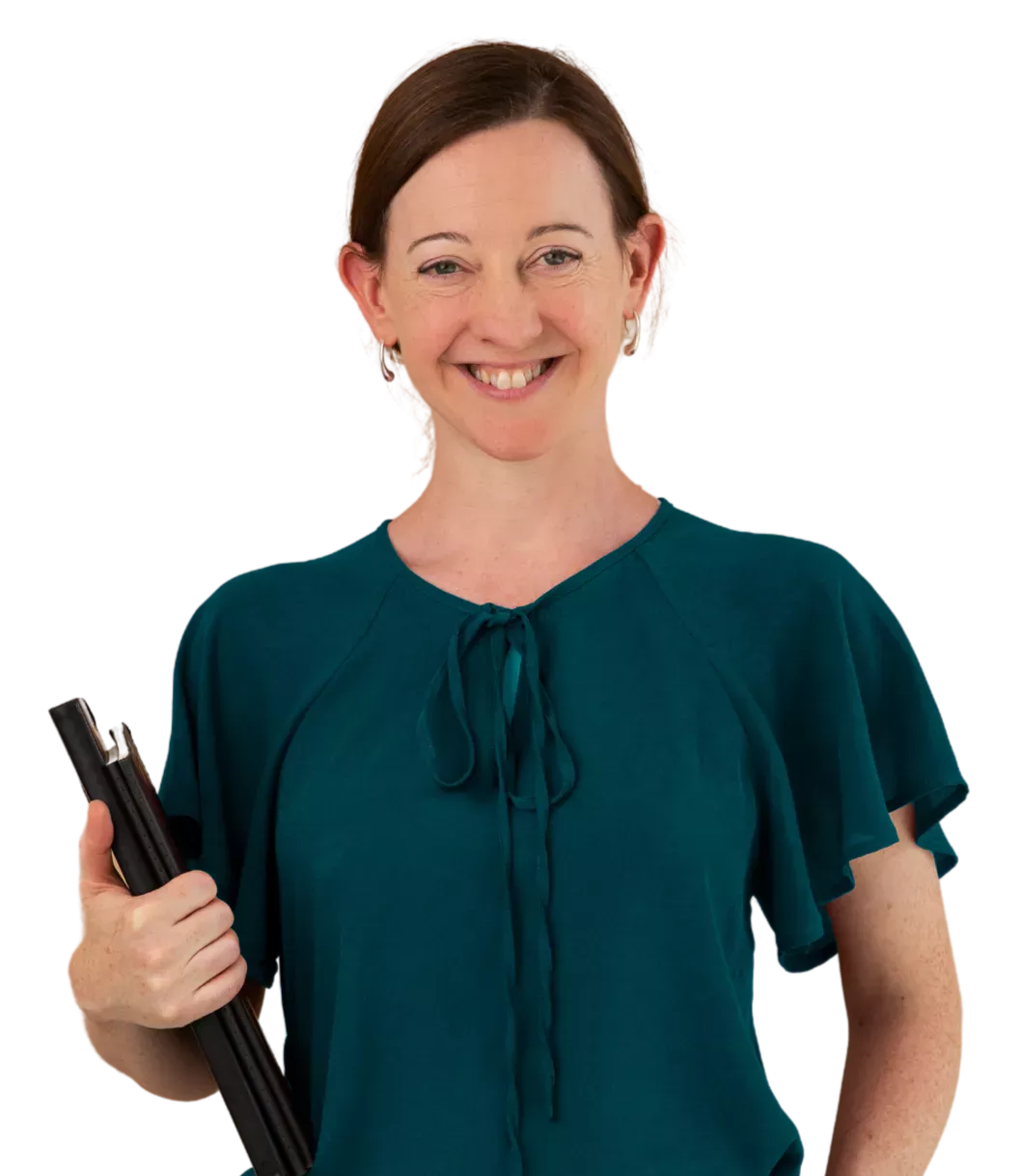Download this explanation in PDF here.
Click here for our complete programme to perfect your English grammar.
Present Uses
1: First, we use the present continuous for things that are happening at the moment of speaking. These things usually last for quite a short time and they are not finished when we are talking about them.
- I'm working at the moment.
- Please call back as we are eating dinner now.
- Julie is sleeping.
- John's working in a bar until he finds a job in his field. (He might not be working now.)
- I'm reading a really great book.
- She's staying with her friend for a week.
- I work in a school. (I think this is a permanent situation.)
- I'm working in a school. (I think this is a temporary situation.)
- He's eating a lot these days.
- She's swimming every morning (she didn't use to do this).
- You're smoking too much.
- You're forever losing your keys!
- She's constantly missing the train.
- Lucy's always smiling!
5: The next use is for definite future arrangements (with a future time word). In this case we have already made a plan and we are pretty sure that the event will happen in the future.
- I'm meeting my father tomorrow.
- We're going to the beach at the weekend.
- I'm leaving at three.
Read more about the difference between the present simple and the present continuous here.
Try some exercises about the present continuous here.
Click here for our complete programme to perfect your English grammar.
